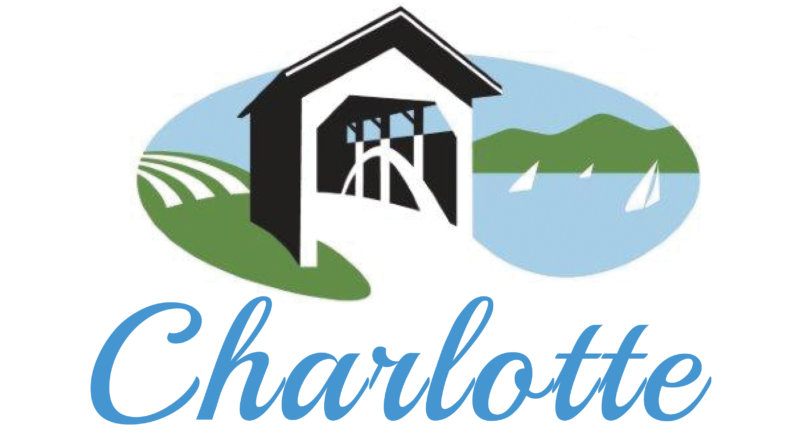Where’s Charlotte rank in state’s conservation goals?
Governor Phil Scott recently allowed H.125, a land conservation bill, to pass into law without his signature. Its goal is to permanently conserve 30 percent of Vermont’s total land area by 2030 and 50 percent by 2050.
How does Charlotte look in the face of these ambitious goals?
 Kate Lampton of the Charlotte Land Trust confirms that 28 percent of the land in Charlotte is protected by one of several mechanisms: conservation easement, town open-space agreements, town or state ownership, or land trust ownership.
Kate Lampton of the Charlotte Land Trust confirms that 28 percent of the land in Charlotte is protected by one of several mechanisms: conservation easement, town open-space agreements, town or state ownership, or land trust ownership.
“This number reflects that Charlotte is ahead of the curve on its way to those goals,” Lampton said.
In Charlotte, the more pertinent number is actually 19 percent of total land acreage protected rather than 28 percent. That lower number is conserved or owned by several entities, including The Nature Conservancy, Charlotte Land Trust and Vermont Land Trust.
“Conservation easements are much stronger than open-space agreements, which is what we have with the town and state,” Lampton said.
VTDigger explains that the conserved land falls into three categories: ecological reserve areas, where land would be managed passively to become wild; biodiversity conservation areas, where land would be managed actively to improve biodiversity for certain species and habitats; and natural resources management areas, where long-term, sustainable logging could take place. In all of these categories, conversion of large areas — for housing development, for example — would not be allowed.
“The voter-approved Conservation Fund in Charlotte has made a huge difference in protecting land as it has become available. This fund validates our conservation history as a town,” Lampton said.

